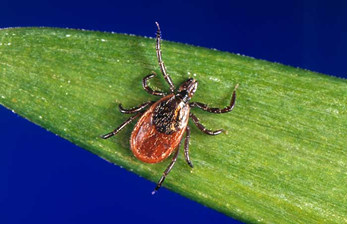PEARL RIVER, NY – The Pearl River Public Library (PRPL) invites local residents to meet its newly appointed director, Nancy Aravecz Shah, during a special Meet-and-Greet event on Tuesday, June 10. The community is welcome to stop by for light refreshments and conversation anytime during the two-hour window between 4p.m. and 6 p.m. The library is located at 75 East Central Avenue in Pearl River.
A distinguished librarian and library director, Ms. Shah has spent several years in the public library environment and higher education and joins PRPL from the Florham Park Public Library in Morris County, New Jersey where she served as Director. After a
comprehensive regional search to find a leader with the experience and vision necessary to propel the library forward, the Pearl River Public Library Board of Trustees unanimously approved her appointment on April 28.
In her most recent leadership position in Florham Park, Ms. Shah was instrumental in building partnerships with educational institutions, nonprofit organizations and local businesses to support and enhance library services. She also led the planning and
preparation for a major renovation project, ensuring both materials and staff were ready for the transformation.
Previously, Ms. Shah served for nearly six years as a Senior Librarian at the New York Public Library – Jefferson Branch in Manhattan.
Ms. Shah holds a Master of Library and Information Science from Kent State University, a Master of Arts in English Language and Literature from New York University and a Bachelor of Arts in English, cum laude, from Wagner College with a minor in History.
“The Pearl River Public Library is an absolutely amazing community resource,” said Shah. “I am so impressed by the many offerings it provides. Just seeing all that this library team is able to achieve from its temporary space has been inspiring.”
With a strong commitment to access, education and preservation, Ms. Shah brings valuable expertise that will greatly benefit the library and the community it serves.
Said Shah, “I feel honored to have been chosen to lead the Pearl River Public Library as it embarks on the next phase of its renewal project. I can’t wait to see this institution realize its fullest potential in its new space. I am looking forward to getting to know this community and the PRPL team. I’m ready to dig in and get to work.”
Ms. Shah succeeds Interim Director Edward Falcone.
With more than 10,000 active cardholders, the Pearl River Public Library provides equal access for all to vast educational, cultural, literary, historical and digital resources.
Photo by Pearl River Public Library.

 Events1 week ago
Events1 week ago
 Events1 week ago
Events1 week ago
 Government1 week ago
Government1 week ago
 Government1 week ago
Government1 week ago

















